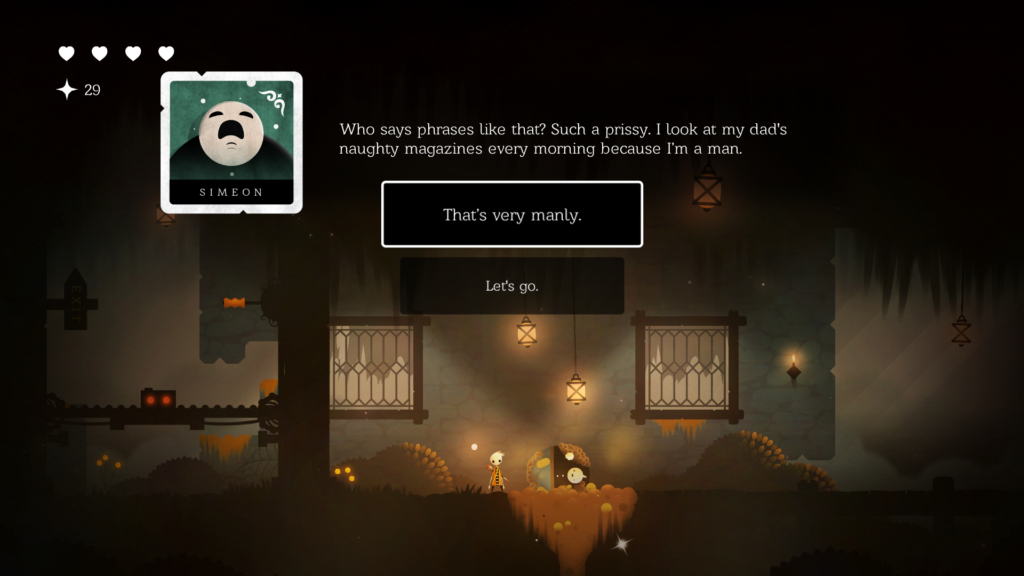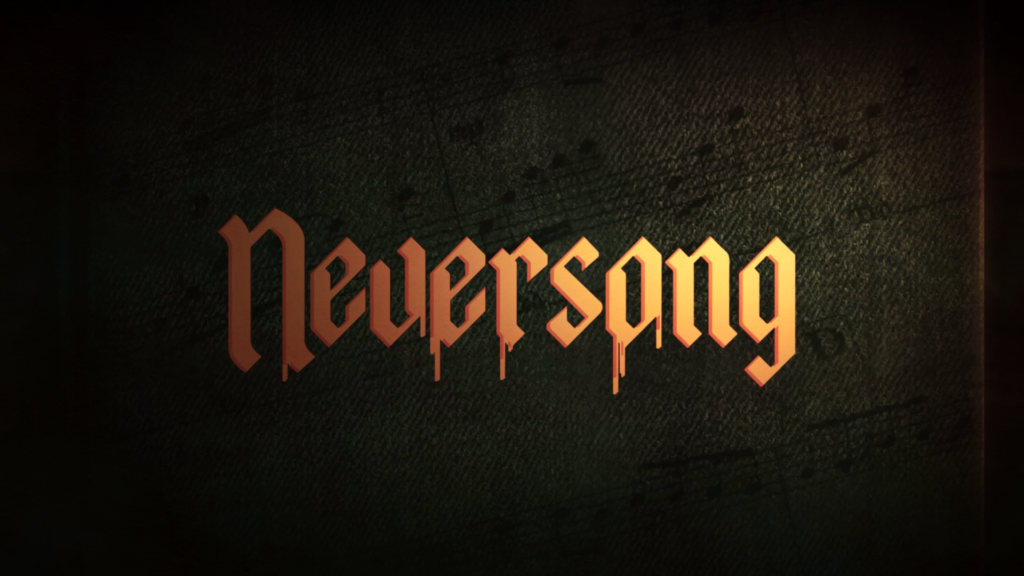
Neversong is one of those clever little indie titles that you always think you’re ready for but you never are. It has a noticeable Nightmare Before Christmas/Tim Burtonesque vibe to it, but it definitely stands on its own as a unique and darkly humorous puzzle platformer.
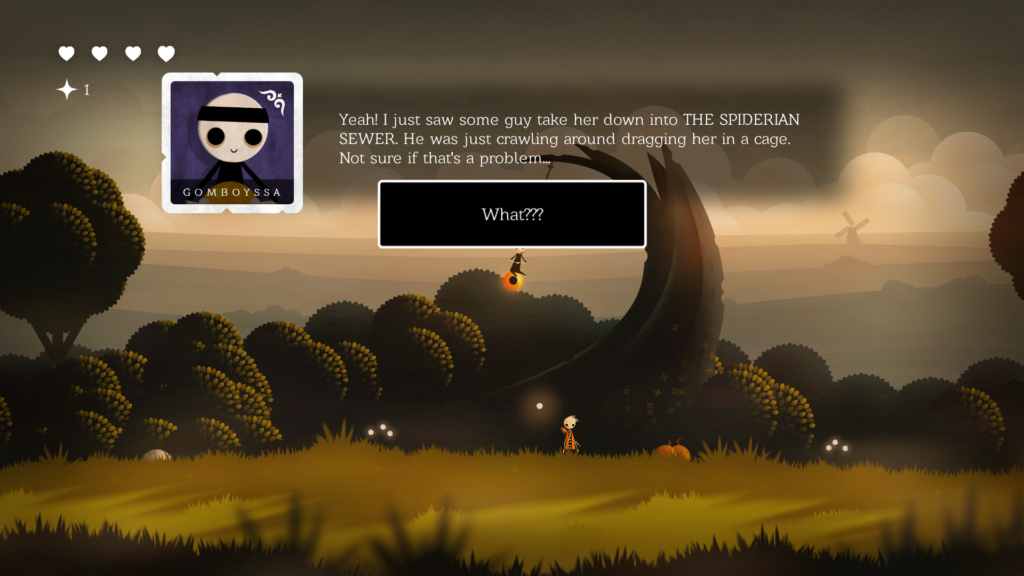
You play a boy named Peet who wakes up from a coma to find your girlfriend missing. It’s a little confusing since you hardly appear old enough to date, but chalk that one up to stylistic choices in the character designs. Atmos Games and Serenity Forge managed to put out a rather unique looking game here and things are obviously designed to unnerve you in subtle yet telling ways that show the direction of the game.
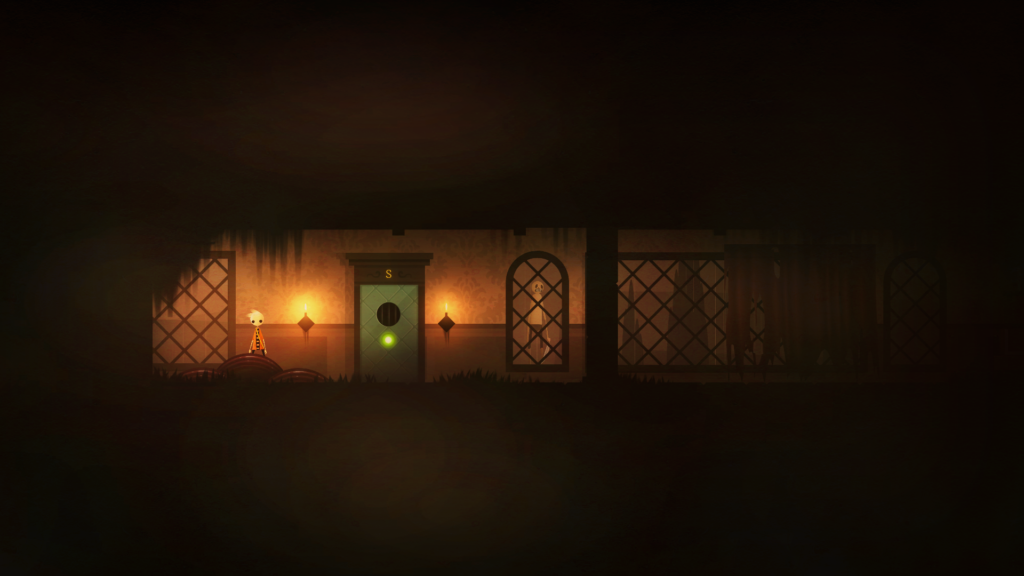
If you’re not paying attention, you can loop the introductory sequence to the game, causing creepier and creepier background effects until things are downright unnerving. You’re simply thrown into the game, not realizing that the introduction is a puzzle in and of itself. It’s a neat way to get the ball rolling and that’s kind of how all of Neversong feels. Simple and clever, but not too clever for its own good.
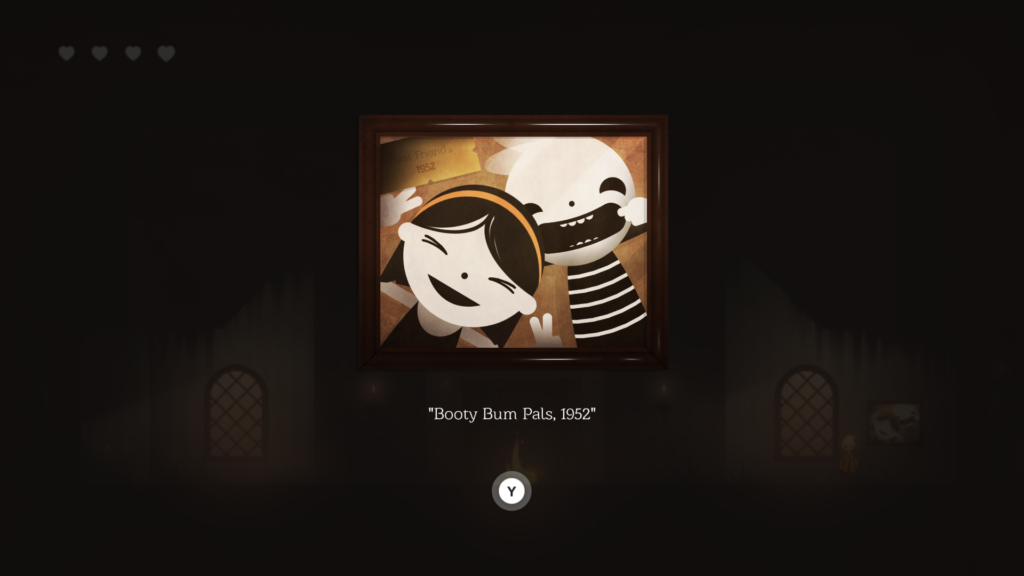
As Peet explores the town and finds out all of the adults are mysteriously absent, we meet a motley crew of characters that all put Peet down every chance they get. Everyone is out to give him a hard time even though he literally just woke up from a coma. Neversong is all about coping with the effects of being comatose over its six rather dark and disturbing levels.
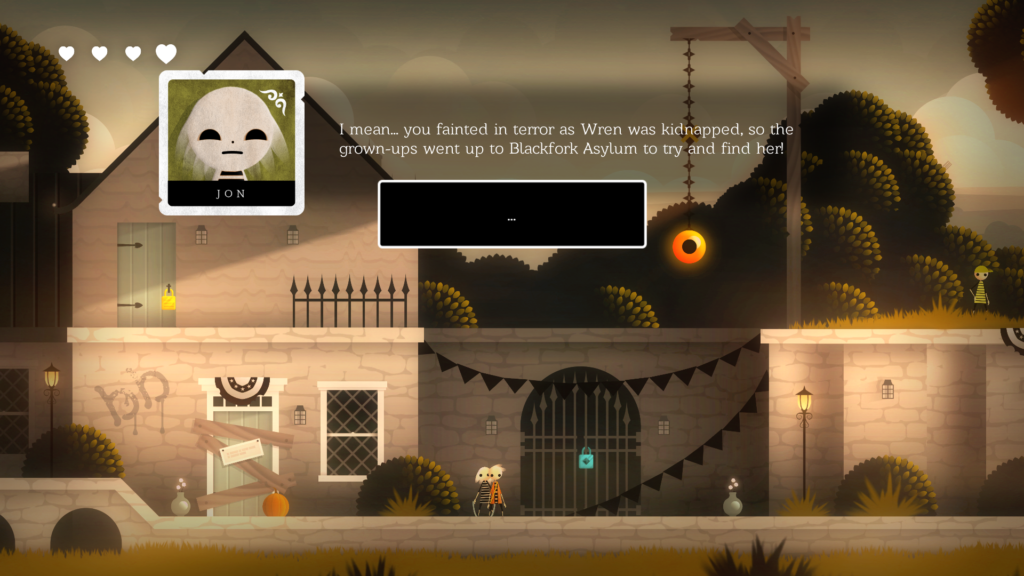
Gameplay is straightforward, with Peet interacting with his environment in various ways and eventually using weapons to fight back as well. Actual combat is a bit, well, floppy for lack of a better term. Everything feels a bit less precise than it should and jumping about is floaty. In fact, during most gameplay, it’s surprisingly hard to hit simple jumps, indicating some issues with the sprite boxes or collision detection, or just a failure in the general physics of the game. Most of the time, you’re too engrossed with staring at the weird environments and bosses unfolding in front of you to give it much thought though. Bosses are utterly bizarre, but then again almost everything in Neversong is pretty darn strange. It’s all very appealing in an odd Edward Gorey kind of way. If you like Neversong and aren’t familiar with Gorey…look him up. You won’t regret it!
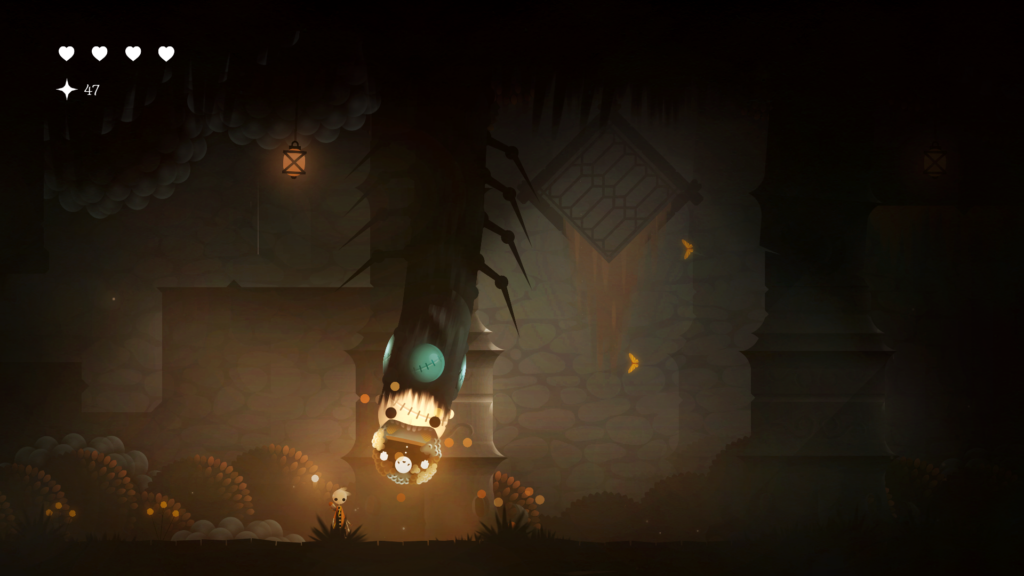
The background music in Neversong is haunting and beautiful, and Peet’s girlfriend plays piano, so you end up with excellent piano accompaniment to your experience. Honestly, this is one soundtrack that would likely be worth downloading if you’re partial to that sort of thing. Visually, everything is also crisp and well-designed. There are no graphical glitches in Neversong, no hang-ups, no extensive load times. It’s a technically well-designed game from a functionality aspect and it never breaks character with any flaws.
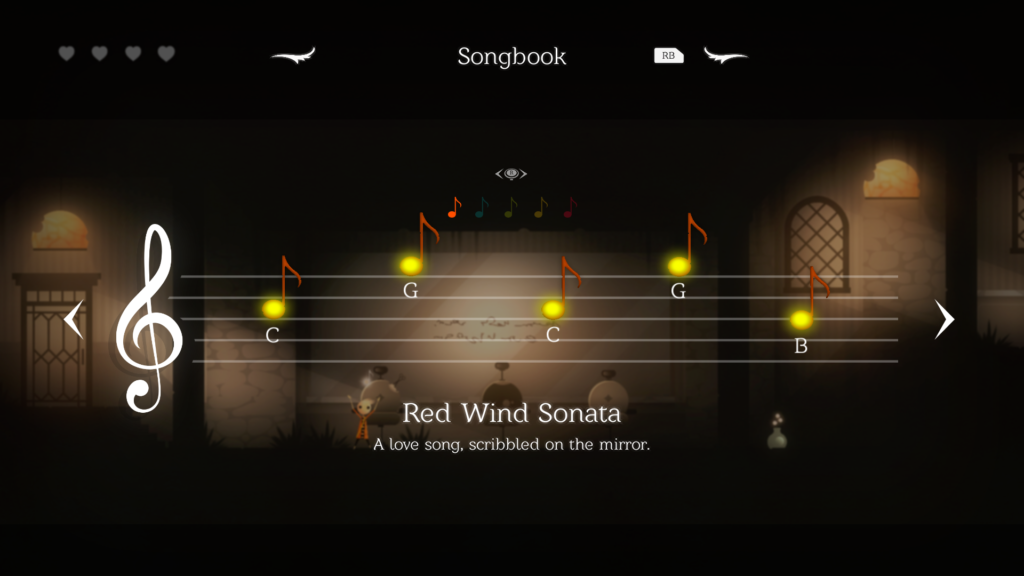
Neversong is a short game, only taking around three or four hours. The puzzles aren’t incredibly challenging and the combat can be a bit irritating, but it’s easy to get life back and the real point to the game is it’s narrative anyway, so that can be somewhat forgiven. Rather, it’s more important to look at Neversong’s emotional impact. This is a game that’s designed to tug at the heartstrings and reinforce real-world issues under the guides of a child’s perception of his situation. But it doesn’t entirely succeed at that because, while beautifully designed, there’s no real connection to Peet established and Wren and the other characters feel disposable and two-dimensional. You play the game but you don’t really connect with the game in the way that’s obviously intended. It’s possible that depending on your personal mental state and experiences, that might be different for other players, but in general, there’s at best a limited attempt to flesh out the world of Neversong and it’s telling in the gameplay and the storyline both.
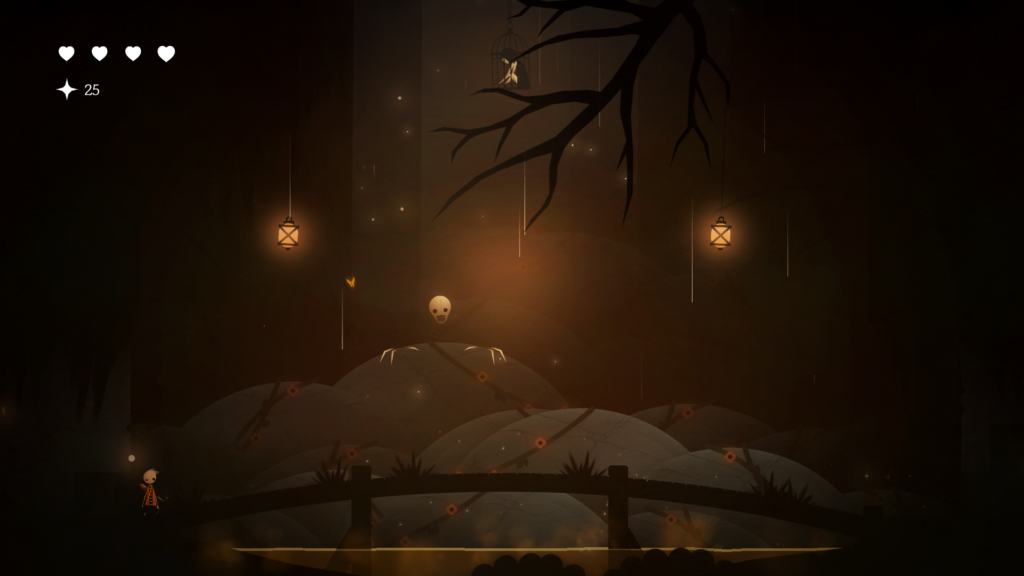
With a game like this, it’s either a hit or a miss, and Neversong is definitely more of a swing and a miss. It’s got some great music and design elements but the emotional punch is lacking, the gameplay is peppered with technical issues and simply isn’t that fun, and the entire experience wraps up so quickly that you never really get a feel for Peet’s world, even if you managed to care much about it. It’s hard not to like Neversong, but it’s also hard to enjoy it. If you can pick it up for a few bucks on sale, it’s worth taking a look at, especially if you like the vibe it puts off, but at $15, it’s a bit too steep of a price for what you get.
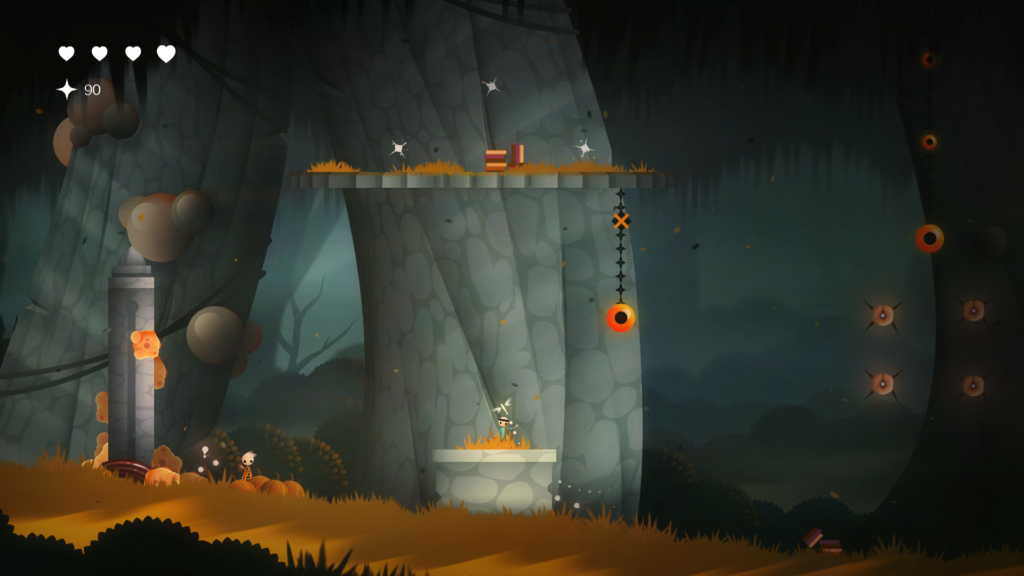
This review was based on a digital copy of Neversong for Steam provided by the publisher. It was played on an I7-8700K with 16 GB of DDR4-3000 RAM, an Asus GeForce GTX 1080 ROG Strix graphics card, and an Xbox One controller connected via Bluetooth. There were no technical issues with Neversong and it worked smoothly on PC and had no compatibility issues with the Xbox One controller. Neversong is also available on GOG.
